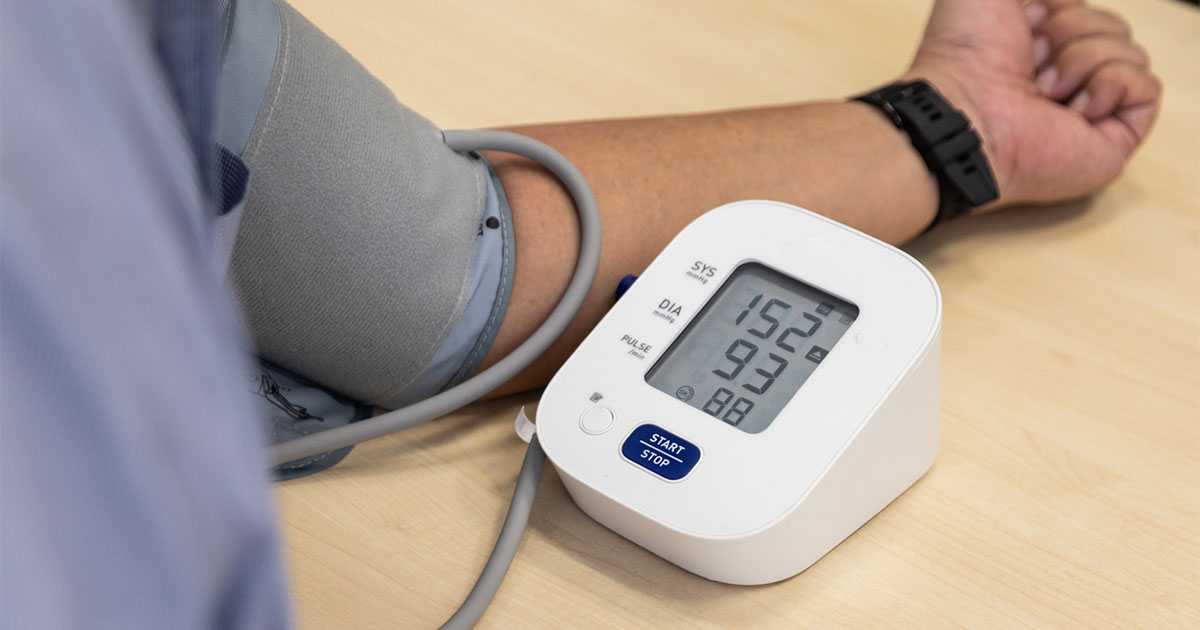The following article in this section by Dr Parry hints at what may be achieved by integrated information technology (IT) systems within the NHS. Computers have traditionally belonged to financial and business institutions; it is now that they are emerging successfully into medical care.
Electronic records
Primary care has proven that electronic records can document the quality of achievement obtained, together with ease of audit, patient recall and screening. IT has now become an essential tool (Young et al, 2002). Over the past few years, a number of software programmes have been developed in diabetes with flirtatious names such as “Diamond” and “Twinkle” (Kopelman and Sanderson, 1996). Some programs act merely as a log of diabetes records while others are management tools, calculating insulin dosage, or portals for education for both the healthcare professionals and the person with diabetes (Report of The Diabetes Registers and IT steering group, 2000).
The sharing of a common record by both primary and secondary care would improve the management of people with diabetes, reduce result and review duplication and hopefully ensure that each consultation moves the person forward with their management plan.
Unfortunately, while primary care records are now mainly computer based, evidence has shown that only 33% of hospital diabetologists use computer records for consultation (Jefferson et al, 2003). This may be due to a lack of investment in the infrastructure, concerns about reliability, or indeed, other problems. Most other clinical disciplines tend to use paper records, which may lead to concerns regarding the fragmentation of individuals’ notes. So, duplication of paper records is likely to remain before complete hospital records are amalgamated (Lehmann, 1999).
Individual clinicians directly accessing computer records should result in up-to-date coding and increased accuracy of recording, as has been suggested in Dr Parry’s article.
The ability to discuss “virtual patients” over a shared care document should result in less demand for hospital appointments, together with direct education of the clinician involved, as well as an increased speed of care.
Patient consent is paramount in today’s climate when sharing information. An electronic model that can control what needs to be divulged according to patients’ wishes is of utmost importance. A means of direct access to these records by the person with diabetes may be something of the future. Certainly, there have been “smart cards” which have been successfully used, replacing the paper record. These are carried by the person and can be accessed on the clinic’s computer as well as the individual’s home computer (Joshy and Simmons, 2006).
Diabetes care needs to be person-centred. An IT system that allows an individual to set goals and document management issues and achievements supports this need.
So, what of the future?
IT systems have advanced rapidly in the past decade, targets have tightened, and the need for integrated care and the desire for the participation of people with diabetes in their management have become more accute. The first hurdle is to ensure that there is a common medical record that can be easily accessed, read and amended when appropriate. The record needs to be of mutual benefit to the healthcare establishments as well as the person with diabetes to ensure seamless care.





Poster abstract submissions are invited for the 21st National Conference of the PCDO Society, which will be held on 19 and 20 November.
10 Apr 2025